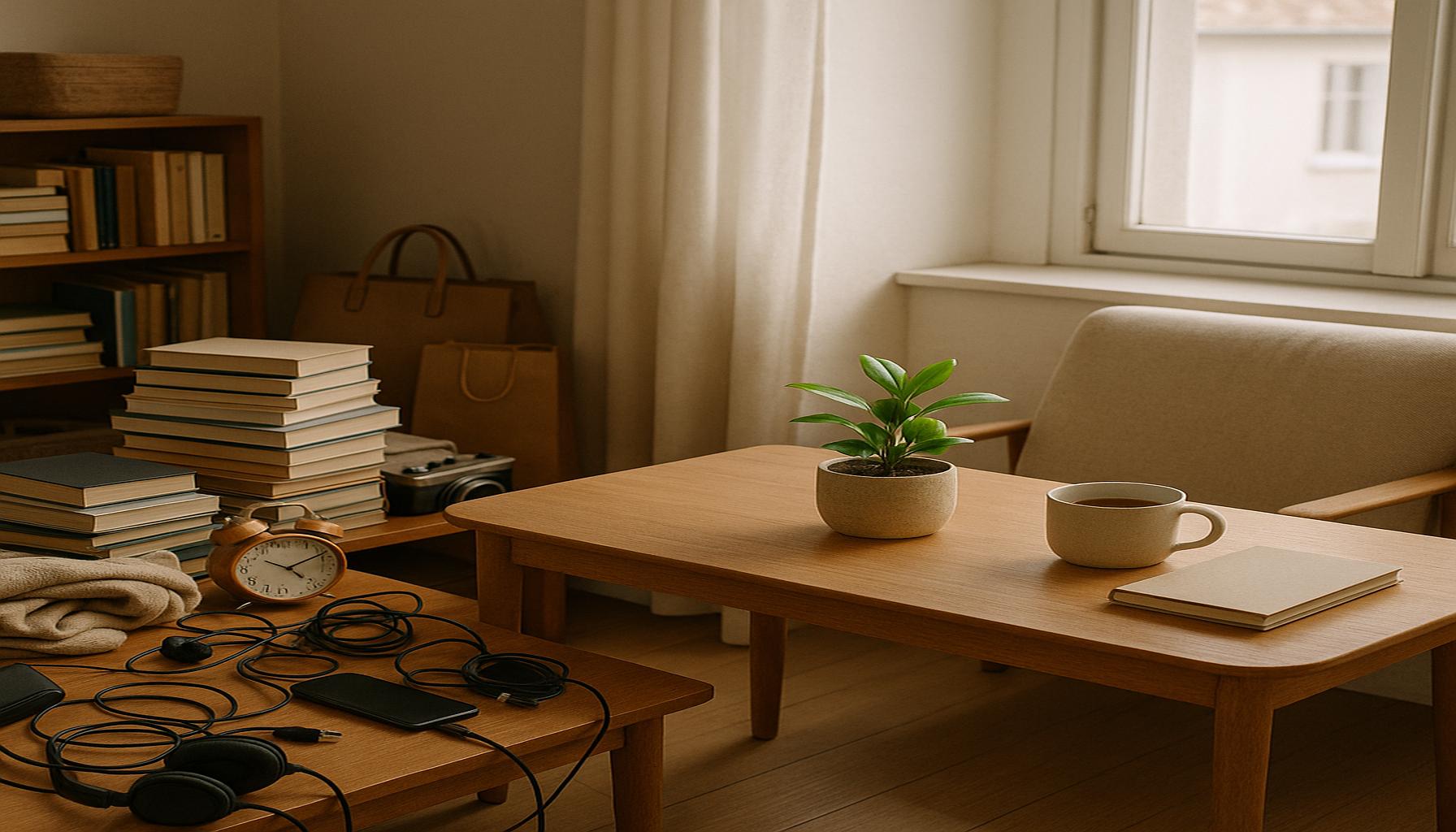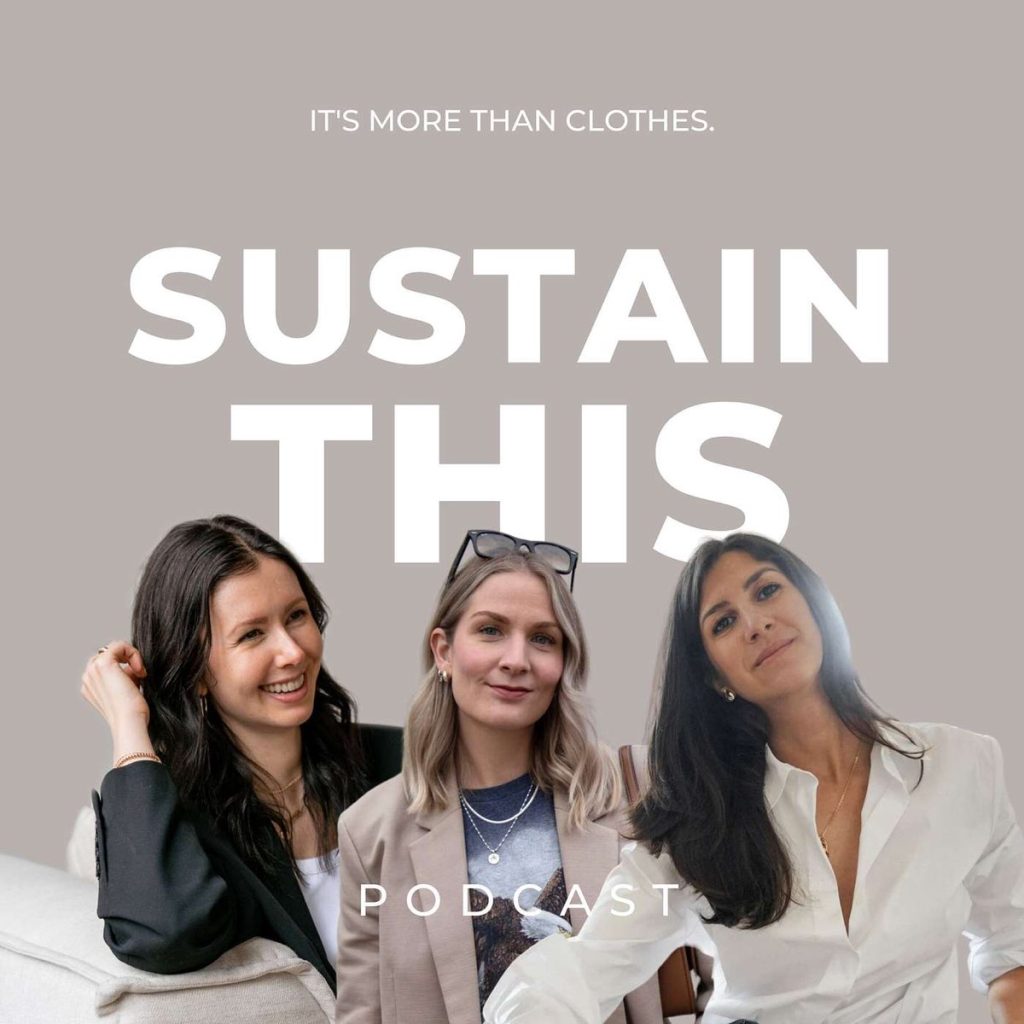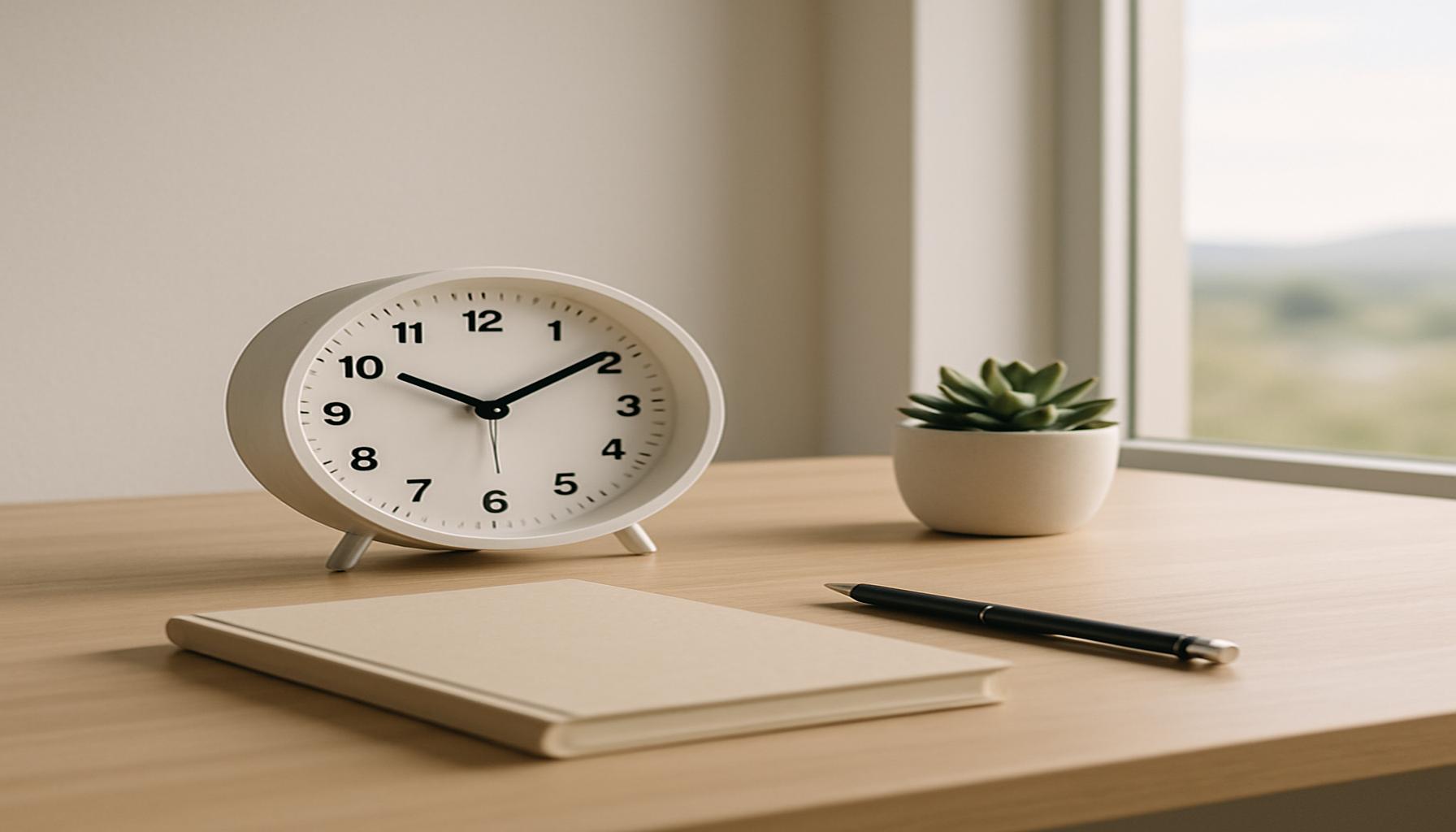Conscious Prioritizations: Finding Balance Between Minimalism and Personal Needs

Understanding the Nuances of Minimalism
In an era increasingly driven by consumerism and the perpetual bombardment of advertisements, many people are turning towards minimalism as a lifestyle choice, seeking to simplify their lives and declutter their environments. However, this shift toward simplicity raises an important yet often overlooked question: How do we honor our personal needs while adopting such a lifestyle? Achieving this balance necessitates conscious prioritizations that respect both personal well-being and minimalistic values.
The balance between minimalism and personal needs can be a multifaceted journey. It encompasses various dimensions, including:
- Emotional well-being: Minimalism can evoke a spectrum of emotions, from liberation to loss. While some individuals feel empowered by letting go of material possessions, others may grapple with feelings of grief associated with parting from belongings tied to memories.
- Financial considerations: Embracing minimalism can come with unexpected expenses, such as investing in higher-quality, timeless pieces instead of fast fashion. Assessing the long-term financial benefits of minimalism, like reduced spending on unnecessary items, can lead to greater understanding.
- Time management: With fewer possessions to maintain, minimalism can free up valuable time for what truly matters. This aspect of minimalism encourages individuals to prioritize their time more effectively by focusing on experiences and relationships rather than material accumulation.
Many individuals in the United States find themselves at a crossroads where their desire to live simply clashes with various external pressures. The pursuit of a minimalist lifestyle often conflicts with:
- Social obligations: There’s frequently a societal pressure to conform to consumer culture, evidenced by events centered around gift-giving or seasonal sales, which can complicate the minimalist ethos.
- Personal passions: Hobbies, such as collecting records or arts and crafts, often necessitate ownership of items that, while bringing joy, can also lead to clutter and organizational challenges.
- Sentimental attachments: Items with emotional significance, such as inherited family heirlooms or gifts from loved ones, make it challenging to adhere to a strict minimalist philosophy.
To navigate these complexities, individuals can delve into the intersection of personal needs and minimalism. This involves deliberate reflection on what brings genuine happiness and fulfillment. For instance, some might find solace in a few cherished items that enhance their emotional well-being, while also recognizing the benefits of a simplified space. Adopting a tailored approach that respects both simplicity and personal desires can ultimately lead to a more profound and rewarding lifestyle.
By probing deeper into the implications of minimalism, individuals can create a personalized framework that reflects their true values, allowing them to enjoy the best of both worlds without the overwhelming baggage often associated with consumer culture.

DISCOVER MORE: Click here to learn about the emotional benefits of decluttering
Exploring the Intersection of Minimalism and Personal Needs
As individuals embark on their journey toward a minimalist lifestyle, it often becomes evident that this pathway is not merely about reducing clutter; it involves a thoughtful evaluation of personal needs and priorities. Understanding how to merge the ideals of minimalism with individual preferences can be challenging yet liberating, ultimately leading to a more authentic and satisfying life. To aid this exploration, individuals can focus on several key aspects that facilitate this balance:
- Defining Personal Values: A critical first step is ascertaining what truly matters most to oneself. Is it travel, relationships, creative pursuits, or perhaps mental well-being? Minimalism encourages a deep dive into these values, prompting one to ask crucial questions: What possessions distinctly contribute to my happiness? What experiences or connections are irreplaceable?
- Establishing Boundaries: It is essential to set boundaries when it comes to acquiring new items and maintaining existing ones. By determining what is necessary versus what is merely desirable, individuals can avoid the pitfalls of impulsive purchases that often derail minimalistic goals. A practical approach can include a “one in, one out” rule, ensuring that new acquisitions do not encroach upon the curated space.
- Prioritizing Quality Over Quantity: A fundamental tenet of minimalism is the focus on high-quality, sustainable items that endure the test of time. Investing in fewer but better possessions not only supports the minimalist philosophy but can also enhance personal fulfillment, as these items often come with stories, craftsmanship, and emotional significance. This perspective allows individuals to nurture their passions while minimizing excess.
For many, the shift towards minimalism isn’t merely about discarding items; it is also about the careful curation of what remains. Taking stock of personal belongings can lead to insights about sentiments tied to each item. Perhaps an old guitar is more than just an object; it represents years of creativity and passion. Reconciling this emotional attachment with a minimalist ideal can be complicated, but it can lead to greater clarity about one’s identity and connections.
The American lifestyle, often shaped by consumer culture, can challenge these conscious prioritizations. Shopping habits are ingrained, with commercials and social media glorifying the latest trends and products. In such an environment, adhering to personal values and minimalist principles demands a steadfast commitment to self-awareness and intentionality. By resisting the allure of fleeting consumerism, individuals empower themselves to develop a sustainable approach that truly reflects their values.
Ultimately, the intersection of minimalism and personal needs is not a static destination but a dynamic, ongoing process. It invites individuals to engage in a continuous dialogue with themselves, refining their priorities as they evolve. Minimalism can coexist with passionate pursuits; they need not be mutually exclusive. By embracing conscious prioritizations, individuals can strike a rewarding balance that enhances both simplicity and personal fulfillment.
| Category | Overview |
|---|---|
| Conscious Consumption | Prioritize purchases that resonate with your values, encouraging personal satisfaction. |
| Mental Clarity | Minimalism fosters a clearer mindset, reducing stress by eliminating distractions. |
| Balance Strategy | Integrating minimalism with personal needs creates a harmonious lifestyle. |
| Sustainable Living | Choosing sustainable products lessens environmental impact while fulfilling personal desires. |
By focusing on conscious consumption, individuals can align their buying habits with their core beliefs, which not only enhances satisfaction but also promotes a more sustainable approach to living. The significant advantage of achieving mental clarity through minimalism cannot be overstated; less clutter contributes to reduced stress levels, allowing for a richer experience in everyday life. Emphasizing even further, the intelligent strategy of balancing minimalism with personal needs ensures that as one declutters, they do not forfeit their essential comforts. Lastly, adopting sustainable living practices fulfills personal desires while making a positive contribution to the environment, reinforcing that minimalism can indeed adapt to personal tastes and needs. This harmonious blend of principles invites readers to explore how they might redefine their own lives, creating a more intentional and fulfilling experience.
DISCOVER MORE: Click here to dive deeper
Navigating Emotional Attachments and Consumer Culture
The journey towards a minimalist lifestyle is deeply personal and can bring certain emotional challenges, especially when it involves letting go of items that evoke significant memories or feelings. Understanding the psychological impact of our possessions is crucial as it can help individuals reconcile their emotional attachments with the minimalist ideal. Objects, such as family heirlooms, photos, or gifts from loved ones, often carry profound meanings. Recognizing the stories behind these items can aid in making informed decisions about what to keep as part of an intentional living space.
Moreover, the emergence of “memory keeping” as a practice emphasizes the importance of curating memories rather than mere objects. For instance, creating digital photo albums or memory boxes can be a practical and sentimental way to honor the past without the physical clutter. This shift toward preserving memories in a digital format allows individuals to maintain emotional connections while adhering to minimalist principles, demonstrating that minimalism isn’t solely about reduction but can be about transformation.
In the context of consumer culture, the challenge of conscious prioritization intensifies. The overwhelming influx of advertisements, particularly in the U.S., shapes not just purchasing decisions but also perceptions of success and fulfillment. Data from the Federal Reserve shows that consumer spending accounts for a significant portion of the economy, which is an important reminder of our societal tendencies to equate ownership with happiness. As such, individuals seeking balance must become skilled at discerning between genuine needs and the marketing-driven desire for accumulation.
Mindful spending practices serve as an effective tool in this endeavor. A technique gaining popularity is the use of a 30-day rule: when tempted to make a purchase, individuals can wait for thirty days before deciding if the item is truly necessary. This cooling-off period encourages reflection on the motives behind the urge to buy and offers time to consider whether the item aligns with one’s identified values and needs.
Additionally, embracing experiences over material possessions has shown to yield long-lasting satisfaction. Research indicates that people generally find greater joy in experiences—like traveling or attending events—than in physical items. This underscores the essential minimalist tenet of consciously prioritizing what genuinely enriches one’s life. By valuing experiences, individuals can enjoy personal growth and community connection while minimizing the impact of consumerism.
Facilitating dialogue with oneself throughout this process is vital. Journaling can provide clarity on remains versus what should be set free. Writing prompts such as “What purpose does this item serve?” or “How does this align with my values?” serve as powerful reflections guiding effective decision-making. The practice of mindfulness helps combat the impulsivity often associated with consumer habits, fostering an awareness that celebrates personal needs over fleeting desires.
As one navigates the evolving landscape of minimalism amid personal values, it becomes clear that developing a sustainable relationship with possessions is possible. It’s about curating a life that reflects true priorities while remaining flexible to change. Thus, while minimalism may appear fixed, the balance between simplicity and personal fulfillment remains an adaptable and rewarding journey.
DIVE DEEPER: Click here for expert organization tips
Conscious Prioritizations: A Harmonious Journey
In conclusion, the pursuit of balance between minimalism and personal needs is a dynamic process that requires continuous reflection and adjustment. As we’ve explored, conscious prioritization plays a pivotal role in shaping a fulfilling minimalist lifestyle. By understanding the emotional significance of our possessions and adopting mindful practices, individuals can cultivate an environment that nurtures both personal values and psychological well-being.
Moreover, as consumer culture perpetuates the allure of material accumulation, it becomes essential to fortify our decision-making processes with intentionality. Techniques such as the 30-day rule and a focus on experiences over possessions not only enhance our ability to resist impulsive purchases but also lead to a more meaningful existence. By cherishing memories in curated forms and promoting self-reflection through journaling, we can effectively navigate the emotional landscape of minimalism.
Ultimately, this journey is not about reaching an endpoint but rather embracing the art of living with purpose. As we recalibrate our priorities, we discover that minimalism is an evolving practice that honors individual needs while creating space for our lives to flourish. As we reshape our surroundings, let us remember that true fulfillment lies not in what we own, but in how we choose to live in alignment with our values.
In a world driven by consumption, the challenge of maintaining conscious priorities is more relevant than ever. By nurturing a thoughtful relationship with our belongings, we can pave the way for personal growth and deeper connections, ultimately leading to a balanced and enriched life.


